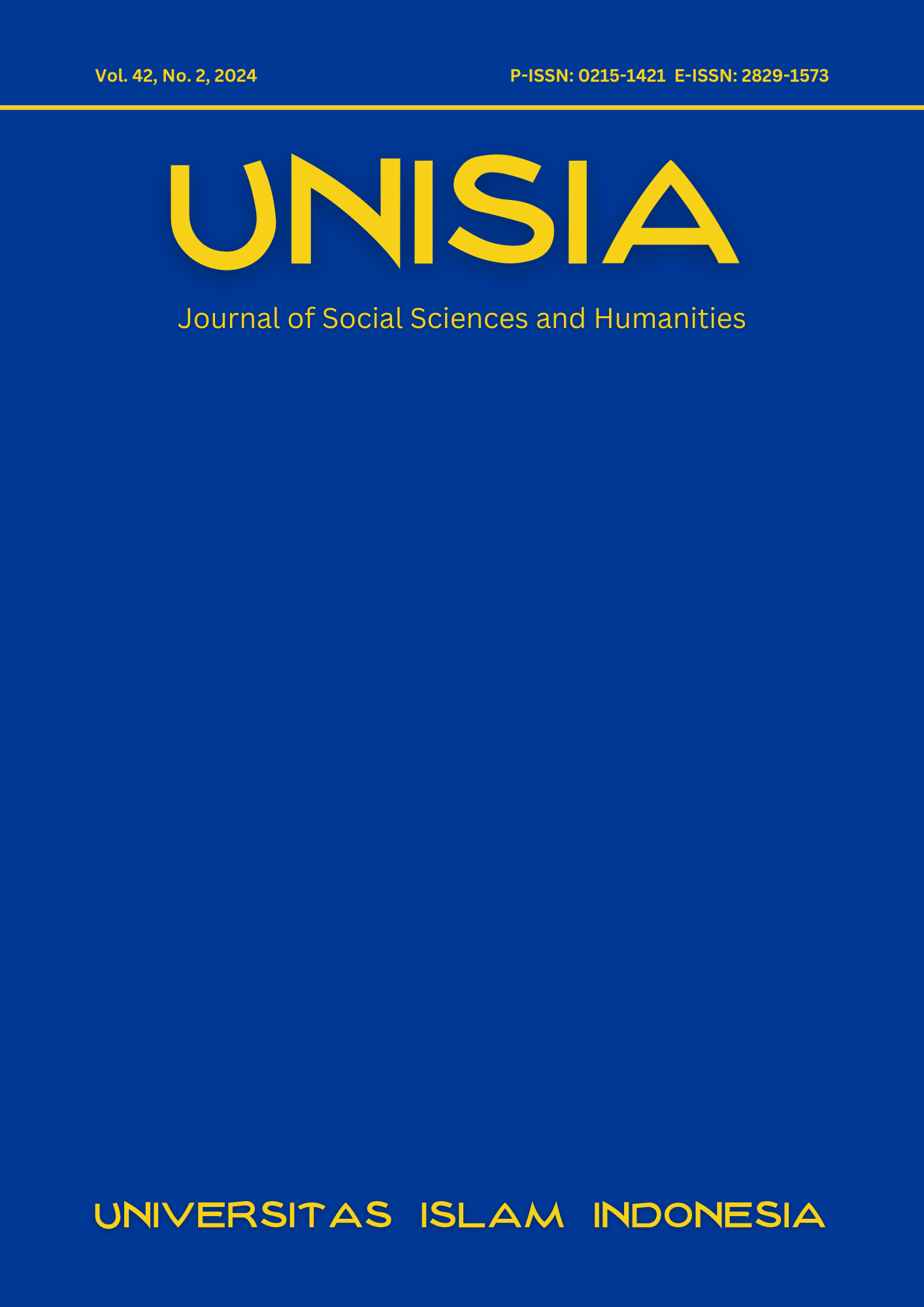Main Article Content
Abstract
Previous research has shown a predominance of male students in the use of information and communication technology (ICT) for academic purposes. However, there are cases where female students are starting to outpace their male counterparts, albeit moderately. This study investigates how to understand inclusion policies aimed at narrowing the gender digital divide (GDD) in ICT use among male and female students in the peri-urban regions of India. A total of 312 postgraduate students (157 males and 155 females) were interviewed using the "Raosoft" scale, selected from a population of 1,652 students across various departments at a peri-urban higher education institution in West Bengal, India. The research findings reveal differences in the ownership of digital devices, ICT practices, access, usage frequency, motivational factors, and barriers faced by each gender. This study distinguishes between first- and second-order gender digital divides related to beliefs about digital control, and it proposes solutions for promoting gender inclusivity in higher education learning. The findings may provide guidance for formulating policies aimed at enhancing gender inclusivity in the use of digital technologies within higher education teaching and learning processes, particularly in developing countries and peri-urban areas.
Keywords
Article Details
Copyright (c) 2024 Aakash Ranjan Das

This work is licensed under a Creative Commons Attribution-ShareAlike 4.0 International License.
- Authors retain copyright and grant the journal right of first publication with the work simultaneously licensed under a Creative Commons Attribution License that allows others to share the work with an acknowledgement of the work's authorship and initial publication in this journal.
- Authors are able to enter into separate, additional contractual arrangements for the non-exclusive distribution of the journal's published version of the work (e.g., post it to an institutional repository or publish it in a book), with an acknowledgement of its initial publication in this journal.
- Authors are permitted and encouraged to post their work online (e.g., in institutional repositories or on their website) prior to and during the submission process, as it can lead to productive exchanges, as well as earlier and greater citation of published work.




